I tried to bind my socket(server socket) at port number 8000. It worked and did the job for me. At the end of the code I close the socket as well. The very next instant I run my code again and it shows me that the address is already in use. I have printed the meaning of error values strerror(errno); to see if my code working properly at each point. To check if the port is free I checked it using netstat but it shows that port number 8000 is free. It has happened with me a lot of times. Every time I then wait for a few more secs and then it starts working again. I am using c language. So what is he reason for this behavior by my OS.
After a few more secs I run the code and then it works.
anirudh@anirudh-Aspire-5920:~/Desktop/testing$ sudo ./a.out
Socket Creation: Success
File open: Success
Socket Bind: Address already in use
Socket Listen: Address already in use
^C
anirudh@anirudh-Aspire-5920:~/Desktop/testing$ sudo netstat -lntp
Active Internet connections (only servers)
Proto Recv-Q Send-Q Local Address Foreign Address State PID/Program name
tcp 0 0 0.0.0.0:80 0.0.0.0:* LISTEN 1348/lighttpd
tcp 0 0 0.0.0.0:22 0.0.0.0:* LISTEN 984/sshd
tcp 0 0 127.0.0.1:631 0.0.0.0:* LISTEN 1131/cupsd
tcp 0 0 0.0.0.0:3306 0.0.0.0:* LISTEN 1211/mysqld
tcp6 0 0 :::22 :::* LISTEN 984/sshd
tcp6 0 0 ::1:631 :::* LISTEN 1131/cupsd
anirudh@anirudh-Aspire-5920:~/Desktop/testing$ sudo ./a.out
Socket Creation: Success
File open: Success
Socket Bind: Address already in use
Socket Listen: Address already in use
^C
anirudh@anirudh-Aspire-5920:~/Desktop/testing$
